
1. Overview
The development of highway traffic plays an increasingly significant role in the national economy, as it undertakes a growing number of transportation tasks. However, adverse weather conditions pose substantial risks to vehicles on the road, which not only disrupt transportation but also threaten the safety of people's lives and property. Consequently, enhancing the traffic capacity of highways and improving their ability to adapt to deteriorating transportation environments have become pressing societal concerns. Ensuring the safe, efficient, and smooth operation of highways is essential to addressing these challenges.
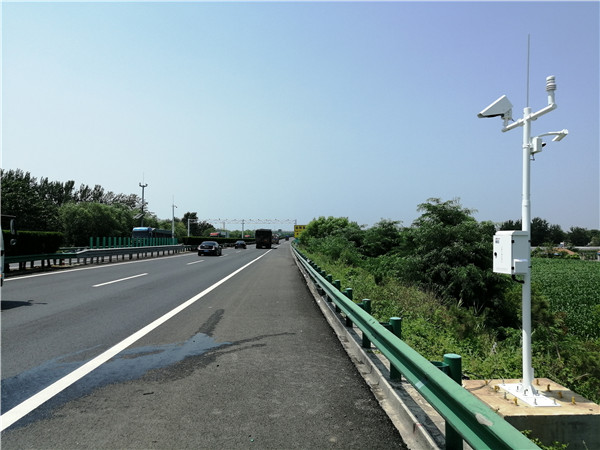
2. The Impact of Bad Weather on Traffic
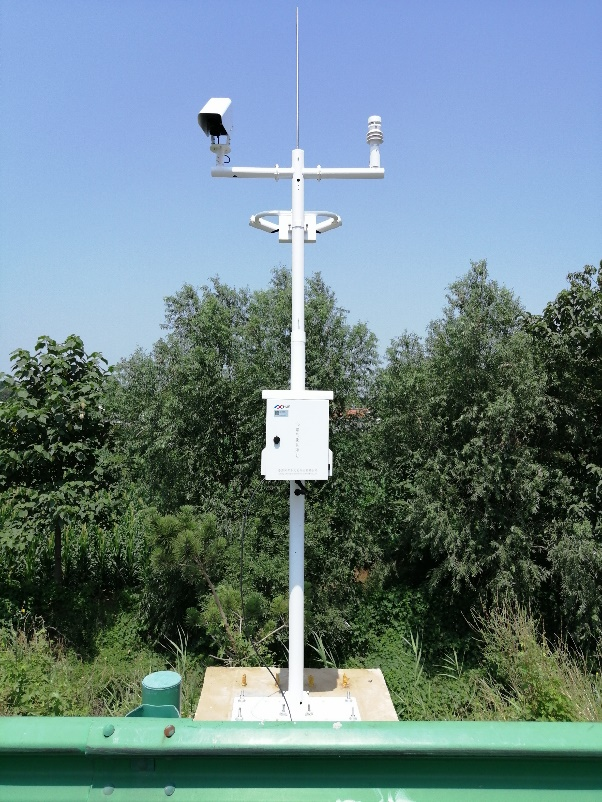
Security Impact
Fog damage, snow disaster and road icing have become the first killer of traffic safety, causing huge losses to the safety of peoples lives and property.
Social and Economic ImpactHighway traffic accidents caused by disaster weather are generally more serious, large casualties, the social impact is not good, the economic loss is huge!
3. System Introduction
The system can real-time monitoring visibility, the current rain and snow fog haze weather conditions, wind speed, temperature, humidity, pressure, rainfall, road temperature, road conditions (dry, damp, wet, snow, ice, mixed ice/water, etc.), water thickness, ice thickness, snow thickness, slippery coefficient and more than 10 road environmental element, and provide effective data support for traffic safety control through remote communication. The monitoring center layout system early warning platform software, comparing the monitoring data and the predetermined judgment conditions to determine the bad weather level and warning control level with alarm and sound warning, information warning. The software platform facilitates the integration between the software interface and field control ports, enabling the transmission of warning information. This information is converted into traffic safety decision instructions, which are then communicated to on-site variable information boards and variable speed limit signs. These traffic safety facilities serve to alert vehicles on the road, thereby reducing the likelihood of traffic accidents. Consequently, this system ensures the safe operation of highway traffic under all weather conditions.
4. System Composition
This system consists of the following units:
(1) Information collection unit: The information collection equipment adopts traffic weather station equipment, including visibility meter, remote sensing road condition detector, wind speed and direction sensor, temperature and humidity sensor, rainfall sensor, etc.
(2) Information release unit: Convert monitoring strategies into specific warnings and control instructions, and release them to drivers through field equipment; information release equipment mainly relies on variable information board display, etc.
(3) Monitoring networking software: computer server and monitoring platform software
(4) Public service platform: Provide road safety services through network information push, mobile APP and other methods.
(5) System support unit: including control unit, transmission unit, power supply and distribution unit, and information processing unit.
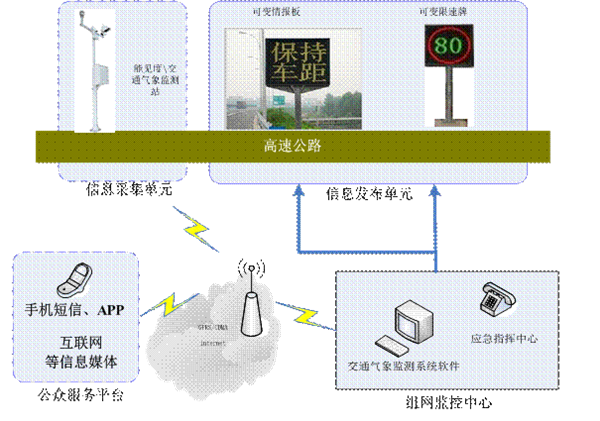
System Topology Diagram
5. System Software Functions
1) Meteorological equipment management
Receive meteorological data, analyze meteorological data, equipment management, and equipment control;
2) Real-time monitoring
Display meteorological data in real time;
3) Historical data management
Query historical data and export data;
4) GIS map management
Location management, displaying equipment status and data status at each location;
5) Meteorological analysis strategy management
Configure analysis parameters;
6) User management
Manage system users;
7) Permission management
Manage system user permissions.
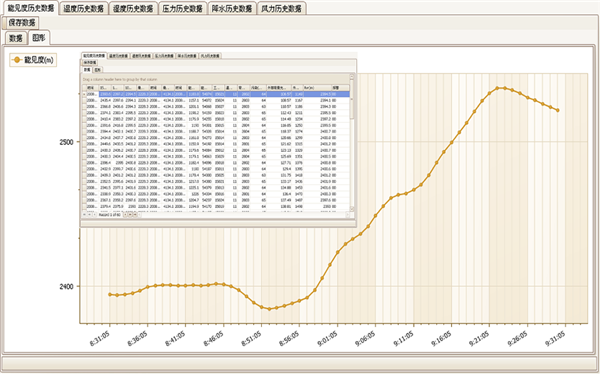
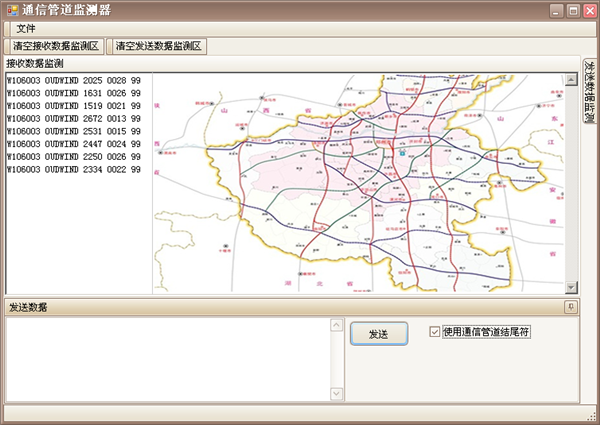
Software Diagram